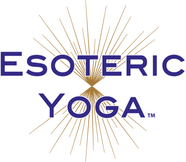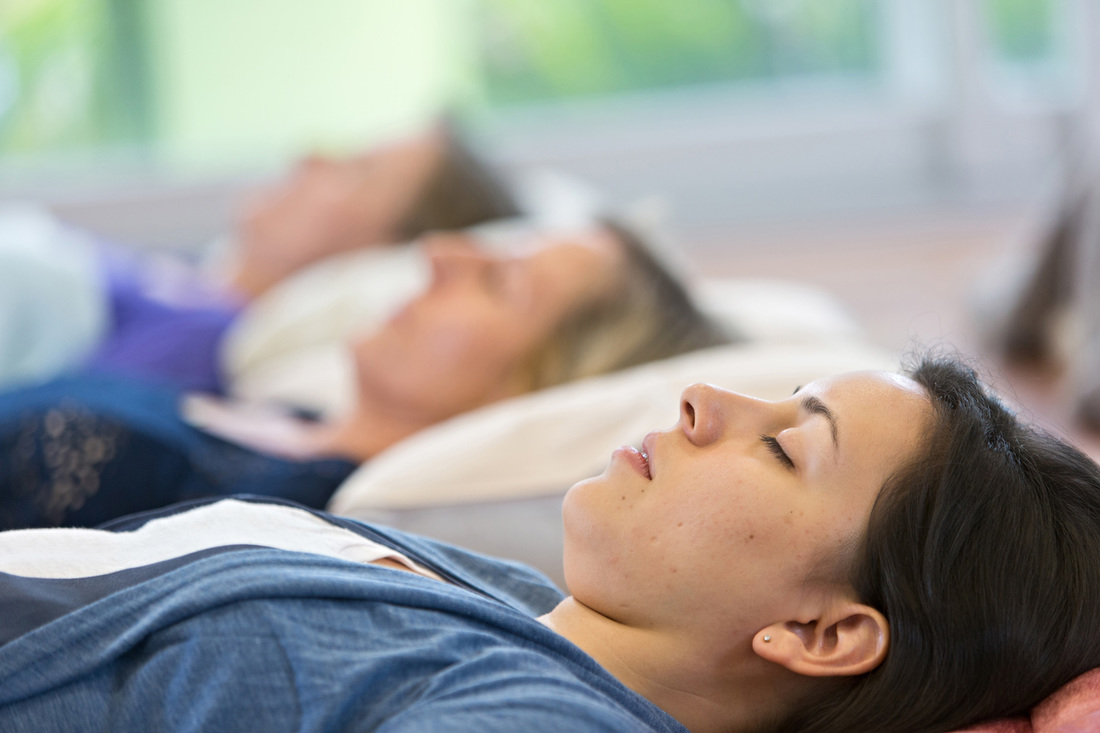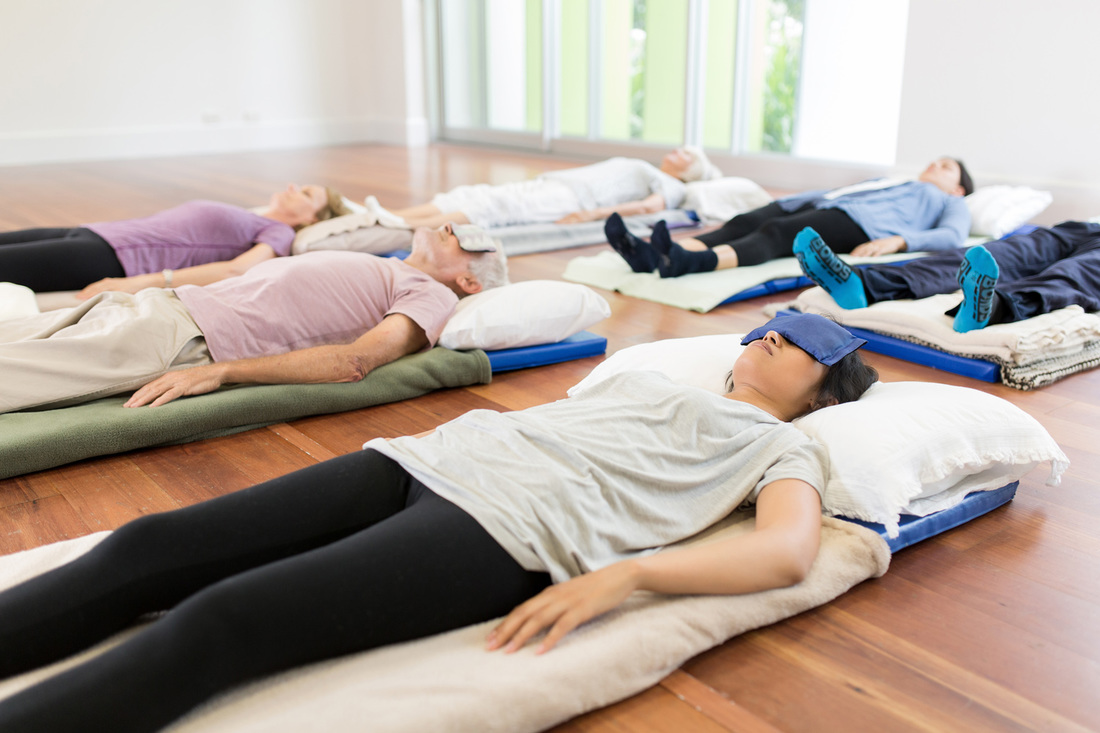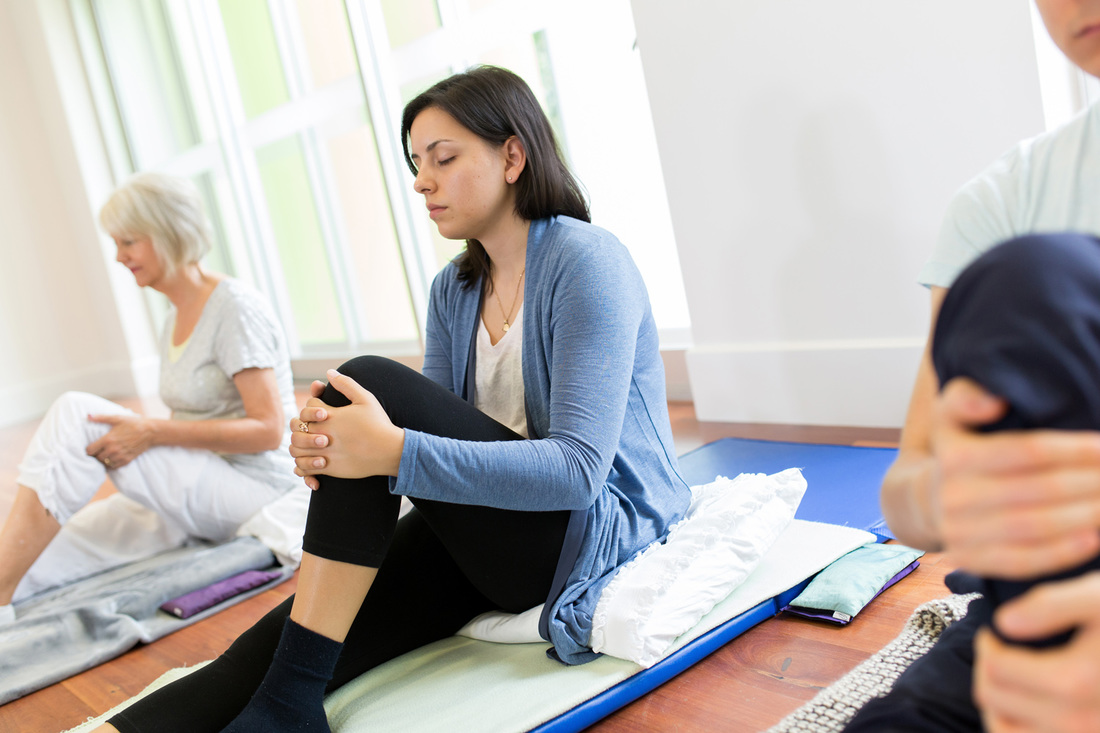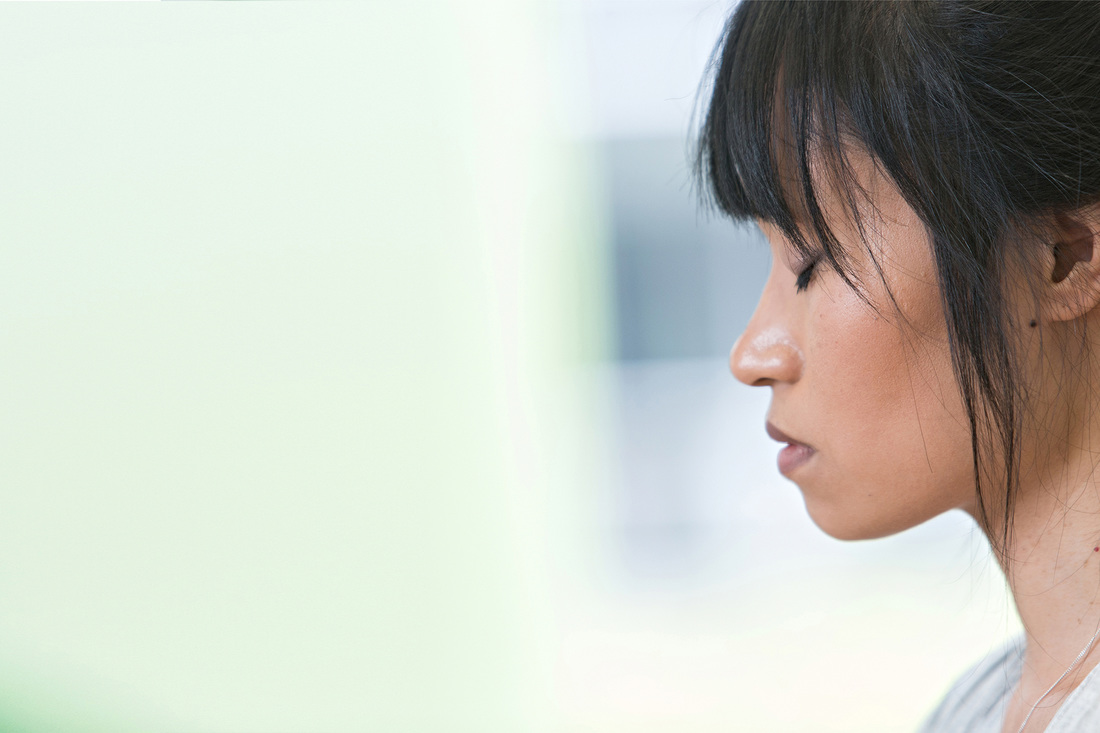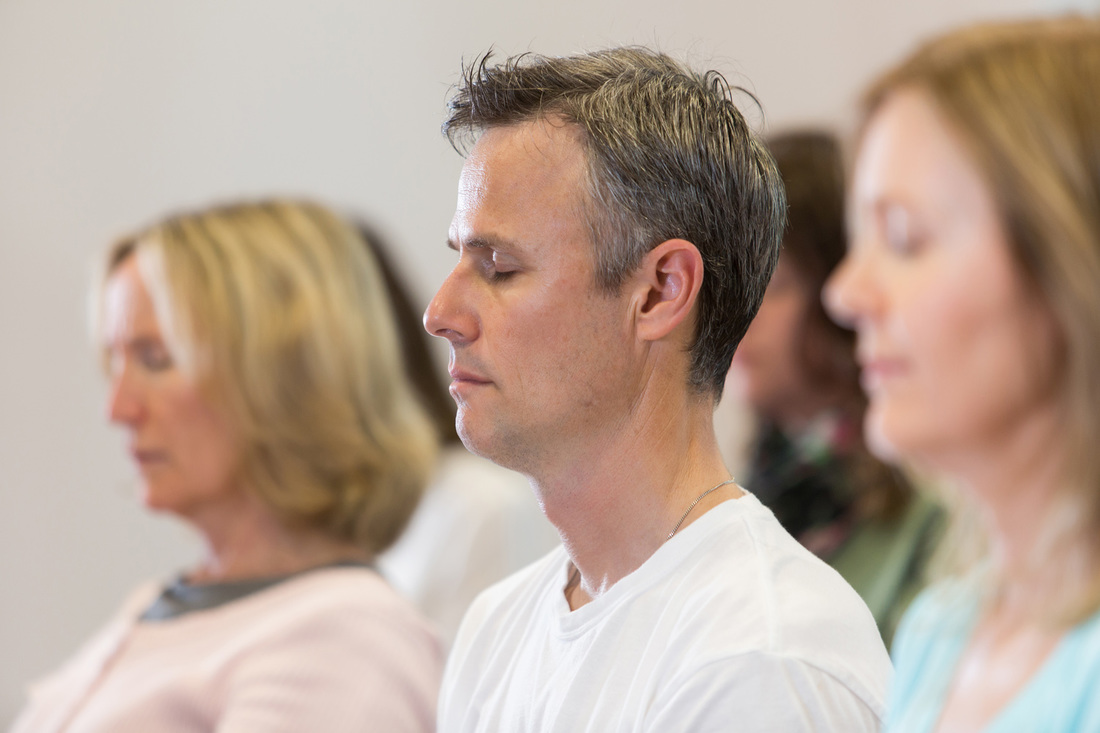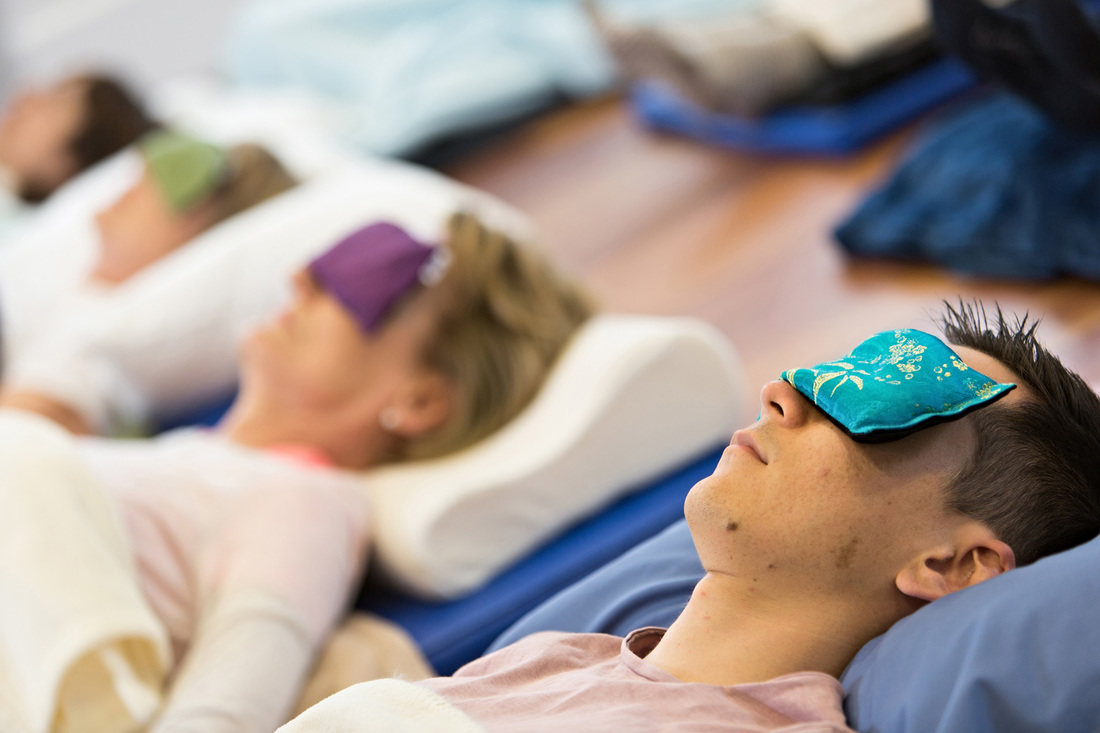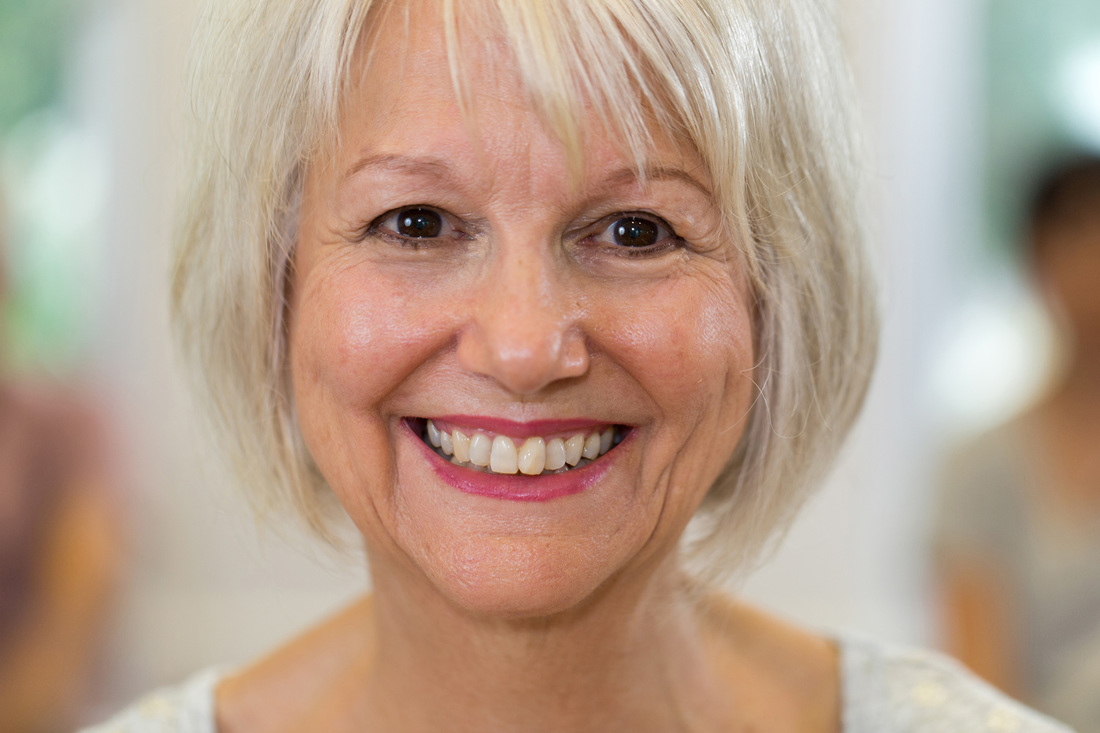This ancient practice was divinely designed by the World Teacher of the time, Patanjali, over two thousand years ago and offered a road map as a means to reconnect to our inner-most, to our essence, to our soul. This is the truth of yoga, yet with the millions of people practicing yoga worldwide, how many actually experience this union with the soul through their practice? I would suggest not many.
Patanjali in his presentation of the Yoga Sutras recognises that we are already complete, that we are already whole, that in our essence there is nothing wrong with us and the practice is not about getting somewhere or achieving something. It is a re-turn to what already lays within, our inner-most being and it is this place that is never tarnished or scarred. This, our inner-beauty is accessible to all and it is not personal but is universal and belongs equally to us all.
However, what I experienced for myself and see in so many aspirant yogis today, is a movement that is outwards, rather than an inward movement towards their inner-most. There is an emphasis in what is so often presented in modern-day yoga towards achieving certain postures (asanas), breathing (pranayama) and even through mantra (sound) and meditation.
The energy that so often lies behind the way a person practices is that of having to get somewhere and achieve an end result, whether that be a more advanced posture or even a certain breathing ratio. The underlying feeling that I have seen time and time again over the years is that there is a gravitation towards yoga to make one self ‘feel better’. And too often, that is what a yoga class will deliver. You feel ‘better’ at the end of the class or practice and there is a momentary feeling of relief from the tensions of life.
However, this is mostly not long-lasting and the stress soon again rears its head not too long after the class and in truth nothing has really changed. Therefore, we crave to get on the mat once again to find that inner-peace that we felt for a few moments. The cycle can continue and before we know it, our yoga practice has become a backbone for getting by and ‘feeling good’ about ourselves. I would go as far to say that for many it becomes an addiction, an addiction to escape what it is that we are truly feeling. This was my experience of yoga for many years.
I loved my practice, I loved my yoga and I couldn’t imagine a day without practicing. I had a practice for when I felt tired to give me more energy. I had a practice for when I was anxious or wound up to calm me down. I had a myriad of tools that I could string together to give me the exact results that I was after, which was to ‘feel better’ than where I was at. I was mastered at this and the yoga practice became my crutch in life.
However, after practicing yoga in this way for close to ten years and teaching for many of those, a diagnosis of breast cancer at the age of 33 led me to ask the question; 'Have the years of practice led me any closer to an at-one-ment with what yoga really is?'
The diagnosis of cancer brought an honesty to my body that I hadn’t arrived at before. I soon realised that the constant drive to ‘feel better’ through my practice had in truth kept at bay all that was there within that I had not been willing to look at or to feel. It had kept at arms-length the anger, the grief, the sadness that was all sitting there within my body. Because whenever those feelings came up for me, rather than let myself be with what I was feeling, I judged those feelings, turned to yoga and immersed myself within the postures, breathing and meditation seeking relief. Relief from those feelings that I did not want to feel.
From the yoga, those feelings would soon disappear and I would feel ‘better’. Yet this was only momentary until they would be triggered and only to arise yet again. And so the cycle would continue and yoga became my ‘go to’. In a moment when we may feel down or upset, some people ‘go to’ alcohol or food to feel better. I went to yoga.
I never allowed myself to truly connect to my body and feel what was really going on for me. My practice of yoga was mainly activated from a thought process rather than a deep connection to my body.
The movement of the postures kept me in a momentum, in a movement of seeking and achieving. The breathing, although you could argue on a physiological level often calmed me down, hadn’t in fact addressed what was really going on within my body. I didn’t allow myself to connect to and feel the hurts that were there. The yoga practice in turn buried the issues that I had further into my body and it wasn’t until the diagnosis of breast cancer that I questioned if what I had been doing for all of those years in fact had got me any closer to the true purpose of yoga, that is being at-one with the soul.
A diagnosis of breast cancer would suggest there was more to learn.
The yoga that I had been practicing looked great on the outside and ticked all of the boxes. I had a strong and flexible physical body, I was able to breathe fancy ratios and I looked like I had it all together. However, in truth this was not the case. On the inside I had still not dealt with the hurts that were lying just beneath the surface ready to rear their head to be healed, but the practices I had been doing kept them at bay. My body had hardened up (under the guise of it being strong), it didn’t hold the qualities of a tenderness that I innately am as a woman. It was not truly open (although I thought I was) and in all honestly, I was under the illusion that I was a picture of health. So, you can imagine a diagnosis of breast cancer came as quite a shock.
On the inside I hadn’t dealt with all that was needed to heal in order for me to reconnect to the qualities of my soul – love, harmony, stillness, truth and joy. Those qualities cannot truly be felt or be connected to unless we have first of all dealt with that which gets in the way.
And this is what the practice of yoga is and has always has been about. Reconnecting to the qualities of the soul, a re-turn to our innate state. It is not about achievement and it never was. However, the way we practice yoga today there is often so much emphasis on just this. We dress it up with all of the right words, we talk the language, yet there is no embodiment of the true qualities that lead to union. What this does is keeps us on the merry-go-round of thinking we are getting somewhere, when in fact, we are not.
In truth there is no-where to get to, only an inner surrender to what is already there. It is a peeling back of the ‘what is not’, in order for us to re-connect to the ‘what is’.
A year or so after my diagnosis of breast cancer I came across Esoteric Yoga, The Yoga of Stillness, and it is this practice that has supported me to realise that yoga in its truth is a way of living that is in union with our soul. Therefore, every movement as we go about our daily life are the postures of yoga (asanas). The practice of yoga asks us to be in a forever deepening relationship with our body in a very loving, nurturing and gentle way. The practice calls us to hold a presence in and with our body and being together in all that we do. And it is through this way of living that we eventually come to know the truth of who we are, from our inner-most which is what yoga has always been about.
Donna explores this topic in great detail in her recently released book, Breathing My Own Breath which is personal memoir of her journey with yoga and breast cancer.
Written by Donna Nolan
Photo by Clayton Lloyd
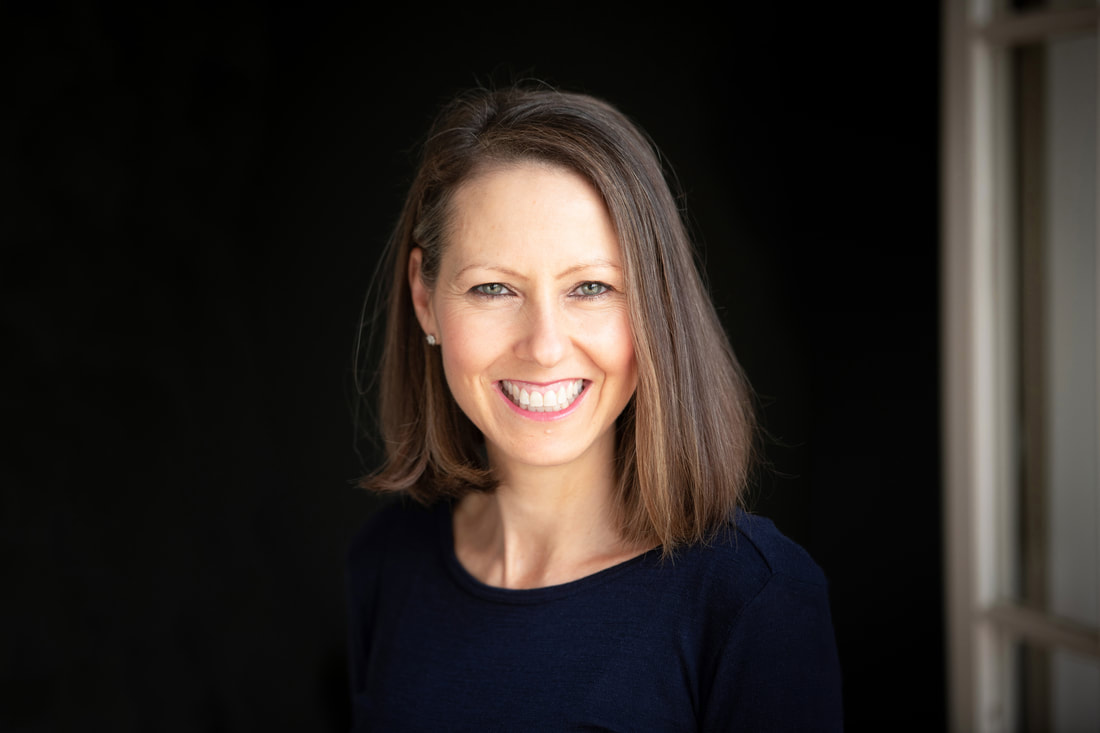
 RSS Feed
RSS Feed
